Key Takeaways:
- A 2-person emergency shelter is essential survival gear, providing vital protection and warmth when you need it most.
- Lightweight and compact designs make these tents easy to carry in a go bag, ensuring you’re always prepared for unexpected weather.
- Understanding the features and options available will help you choose the perfect tent for your needs.
When disaster strikes and Mother Nature throws a curveball, having an emergency tent can be a true lifesaver. These tents aren’t just for seasoned adventurers or campers—they’re a crucial part of any survival kit. Whether caught in a sudden storm while hiking or needing quick shelter during an unplanned camping trip, an emergency tent is your best defense against the elements.
What is an Emergency Tent?
An emergency tent is a portable, lightweight, and compact shelter designed to provide protection and warmth in critical situations, making it a key component of tent survival gear. Whether facing natural disasters, severe weather, or wilderness survival scenarios, an emergency tent is indispensable. It’s not only for outdoor enthusiasts, hikers, and campers but also essential for emergency preparedness and disaster relief efforts. Often referred to as tent survival shelters, these tents play a vital role in various survival situations.
Constructed from waterproof and wind-resistant materials such as nylon or polyester, emergency tents are built to withstand harsh conditions. Their design is simple yet effective, often shaped like a tube that offers 360° protection from the elements. This tube tent design excels at conserving body heat, keeping you warm even in freezing temperatures.
One of the most valuable features of emergency tents is their quick and easy setup. They can be rapidly assembled and taken down, making them perfect for fast deployment in emergencies. Many models come with handy extras like a stuff sack for compact storage, a survival whistle for signaling, and paracord rope for securing the tent.
The primary purpose of an emergency tent is to provide a safe, warm refuge. It traps body heat, keeps you dry, and shields you from wind, snow, and rain. Often paired with other survival gear like emergency sleeping bags and thermal blankets, an emergency tent completes a comprehensive survival solution.
In disaster relief efforts, these tents are invaluable. They can be quickly transported and set up to offer immediate shelter for those affected by natural disasters. Their compact and lightweight design means they fit easily into go bags and emergency kits, ensuring you’re prepared for any situation.
When choosing an emergency tent, look for these key features:
- Waterproof and wind-resistant materials
- Compact and lightweight design
- Quick and easy setup and takedown
- 360° protection from the elements
- Extras like a stuff sack, survival whistle, and paracord rope
- Ability to retain body heat and keep users warm
- Durability and reliability in emergencies
Overall, an essential piece of equipment for anyone spending time outdoors and can be a true lifesaver in critical moments.
The Importance of Emergency Tents
Tent survival products are designed to provide immediate shelter in unpredictable weather. Imagine being caught in a sudden rainstorm with no cover—the life tent can be swiftly set up to shield you from the elements. These tents are engineered to withstand wind and snow, keeping you safe and dry.
The technology behind these shelters is impressive. Many are crafted from high-performance materials that resist moisture and mildew, ensuring durability and reliability. Their lightweight, compact design allows them to be packed into a nylon stuff sack, ready to deploy at a moment’s notice. This makes them indispensable in any go bag or survival kit.
Benefits of Emergency Tents
Emergency tents offer numerous advantages in survival situations, making them a must-have in any emergency kit or go-bag. Key benefits include:
- Protection from the Elements: Whether caught in a sudden downpour or a snowstorm, an emergency tent acts as your shield. Designed to be waterproof and windproof, these tents keep you dry and warm even in the harshest conditions.
- Retains Body Heat: A standout feature is their ability to retain body heat. Made from aluminized polyester, these tents function like a thermal blanket, reflecting your body heat back to you—vital in cold weather where warmth is critical.
- Easy to Set Up: In emergencies, every second counts. Emergency tents are designed for quick, hassle-free setup, allowing you to establish shelter swiftly even under stress.
- Compact and Lightweight: Space and weight matter when packing a go bag. Emergency tents are both compact and lightweight, often coming with a stuff sack that lets you pack them down to a small size for easy transport.
- Multi-Functional: Many tents include added features to boost their usefulness. A survival whistle can signal for help, while paracord can secure the tent or serve other survival purposes, making these tents versatile tools for emergencies.
Types of Emergency Tube Tents
Several types of emergency tents are available, each with unique features. Tent survival shelters focus on waterproof, windproof, and thermal properties. The emergency tube tent is popular for its simple, effective design that uses your body heat to stay warm, similar to a space blanket trapping warmth inside.
Survival tube tents are designed for quick setup and maximum protection. Many come equipped with a high-decibel survival whistle and paracord for securing the tent to trees or structures, making them adaptable to various environments.
Features to Consider
When choosing an emergency tent, consider the weather conditions you might face. A tent that protects against rain and wind is essential, especially for stormy environments. Easy setup is crucial since time is often limited in emergencies.
Weight is another important factor. A lightweight tent is easier to carry, especially if you need to move quickly or hike. Compact design ensures it fits easily into your go bag. Also, look for durable materials resistant to moisture and mildew to ensure longevity and dependability.
Setting Up Your Emergency Tent
Setting up an emergency tent, like those from Go Time Gear, is straightforward, but practicing beforehand is wise. Start by selecting a suitable site free from sharp objects that could damage the tent. Use the included paracord to secure the tent corners, ensuring stability against wind and snow.
To maximize warmth, position the tent to minimize exposure to the elements. Use natural barriers like trees or rocks for additional shelter. The goal is to create a safe, warm environment that shields you from cold and wet conditions.
The Role of Emergency Sleeping Bags
Go Time Gear Life also offers emergency sleeping bags—another survival essential. Like the tents, these bags retain body heat, providing vital warmth. Made from high-performance materials, they’re lightweight and compact.
Sleeping bags can be used inside the tent for added warmth or alone in milder weather. They pack down easily into a nylon stuff sack, making them convenient for any go bag. Whether camping, hiking, or facing an emergency, an emergency sleeping bag adds crucial protection from the cold.
Importance of Emergency Preparedness
Being prepared is critical for your safety in natural disasters, accidents, or emergencies. Here’s why:
- Stay Safe: Emergency preparedness helps you respond effectively and protect yourself from harm.
- Reduce Risk: Having survival shelter ready prevents exposure to harsh weather, reducing risks like hypothermia.
- Save Time: Quick access to gear and knowledge can save precious time during emergencies.
- Increase Confidence: Preparedness boosts confidence, helping you stay calm and react appropriately.
- Critical in Emergencies: The right equipment and plan can mean the difference between life and death.
In summary, emergency tents and preparedness are essential for safety and survival. With the right gear and plan, you can reduce risks, save time, and increase your chances of survival.
Real-Life Applications and Case Studies
Consider hikers caught in a sudden snowstorm. Using their Go Time Gear Life Tent, they stayed warm and dry, their body heat maintaining a safe temperature inside. Their preparedness likely saved their lives.
In another case, a family on a camping trip faced an unexpected storm. Their emergency tent provided critical shelter from wind and rain. Its lightweight, compact design made it easy to carry, ensuring they were ready for any weather.
Choosing the Right Emergency Tent
Selecting the right tent depends on your needs and environment. For cold, snowy conditions, choose tents with strong wind and snow protection. For milder climates, a lightweight, easy-to-set tent may suffice.
Consider size and capacity: a solo adventurer may prefer a one-person shelter, while families need larger tents. Ensure your tent is made from durable materials and includes essentials like a high-decibel survival whistle and paracord.
Summary
Emergency tents are vital survival gear, offering protection and warmth in critical moments. Their compact, lightweight design ensures you’re prepared for unexpected weather. Understanding features and options helps you pick the right tent to keep you safe in any environment.
FAQ
Q1: What is the difference between an emergency tent and a regular camping tent?
A1: Emergency tents are designed for rapid setup and immediate protection in critical situations. They are typically more compact and lightweight than regular camping tents, making them easier to carry in a go bag. Camping tents focus on recreational use, while emergency tents prioritize survival and protection from harsh elements.
Q2: How do I maintain my emergency tent to ensure it lasts?
A2: To maintain your emergency tent, dry it thoroughly before packing to prevent mildew. Store it in a cool, dry place and inspect for damage after each use. Repair any wear promptly to keep it reliable in emergencies.
Q3: Can an emergency sleeping bag be used without a tent?
A3: Yes, emergency sleeping bags can be used alone in milder conditions. They retain body heat and provide warmth, but combining them with an emergency tent offers better protection and comfort in harsher weather.

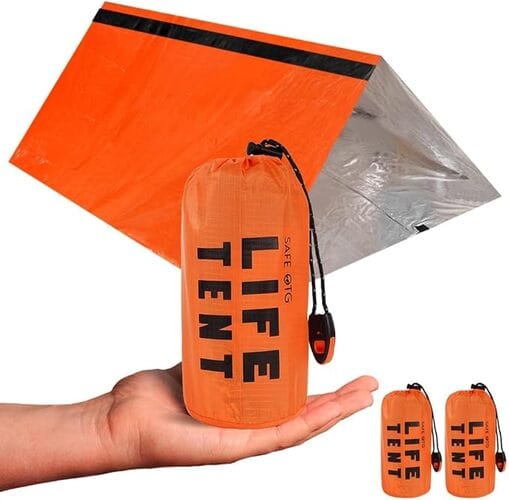

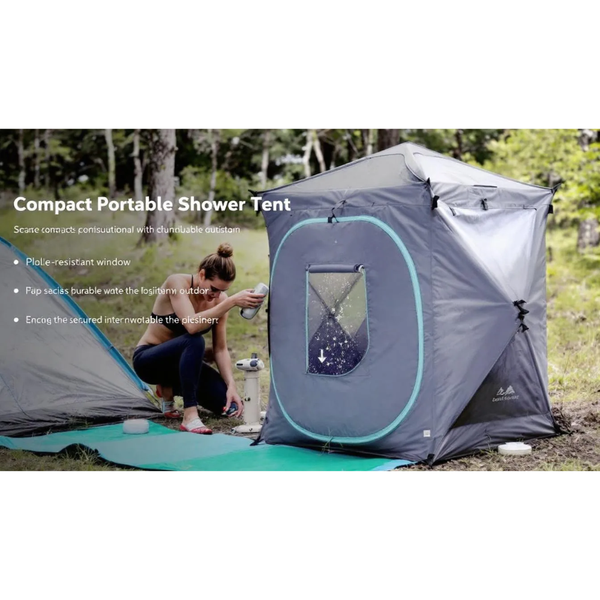

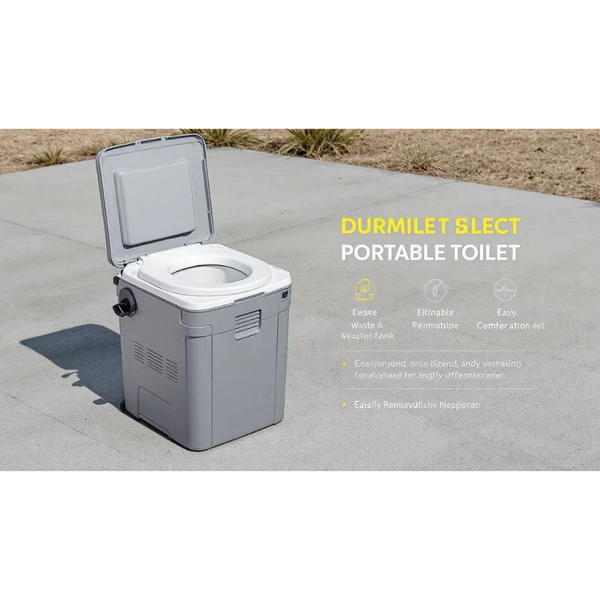
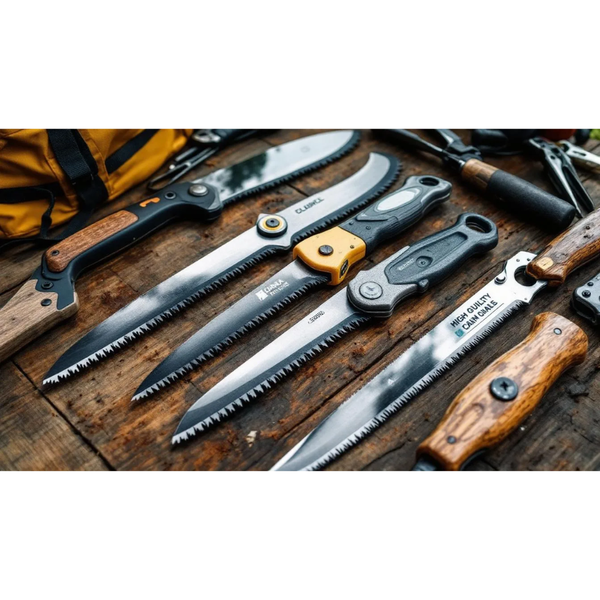
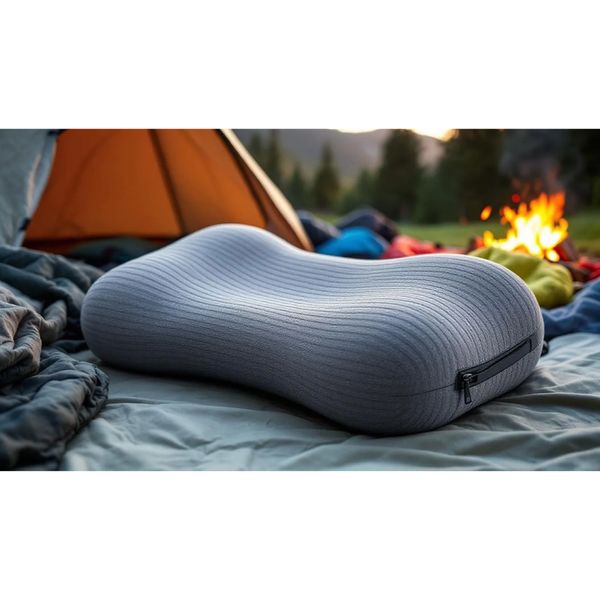
Member discussion